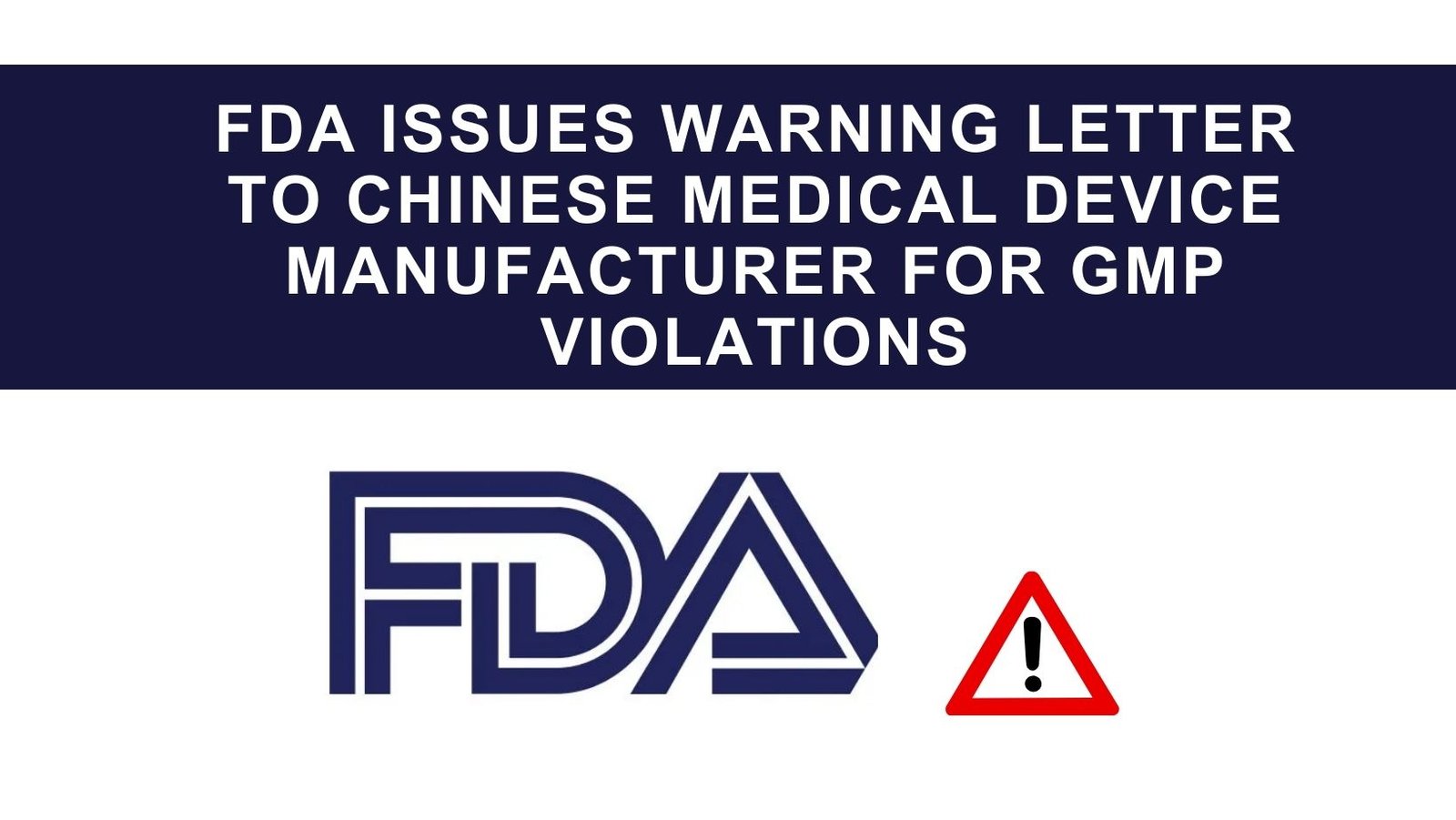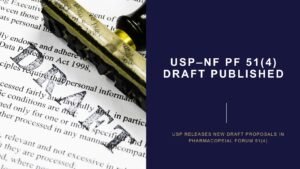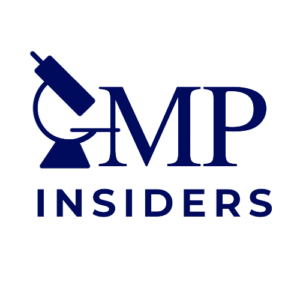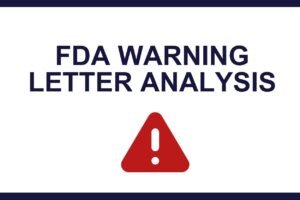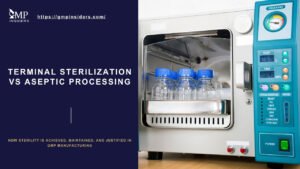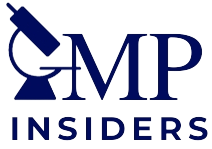The U.S. Food and Drug Administration (FDA) has issued a warning letter to a medical device manufacturer located at No. 23 Huanxi Road, Zhutang Town, Jiangyin City, Jiangsu, China, following an inspection conducted from March 11 through March 23, 2024.
The inspection revealed significant violations of Good Manufacturing Practice (GMP) regulations, specifically concerning the production of Sterile Luer Lock Syringes without Needles and Sterile Enteral Syringes.
Quality System Regulation Violations In the Warning Letter
Some of the non-conformities that were identified from the FDA inspection include:
Failure to Establish and Maintain Corrective and Preventive Action (CAPA) Procedures (21 CFR 820.100(a))
The FDA inspection uncovered that the manufacturer did not have adequate procedures in place to identify and analyze sources of quality data to detect existing and potential causes of nonconforming products or other quality problems.
Despite receiving numerous complaints about syringe pump incompatibility and incorrect volume detection, the firm failed to properly investigate these issues or initiate CAPAs in a timely manner. Specifically, starting in July 2023, the firm received at least 41 complaints about these issues but did not adequately analyze them to determine if a CAPA was needed.
Failure to Investigate Nonconformities (21 CFR 820.100(a)(2))
The company did not investigate the root causes of product, process, and quality system nonconformities adequately. For example, an investigation into a July 2023 complaint about syringe pump incompatibility confirmed that the 20mL syringes were not recognized by Medfusion pumps, posing a risk of inaccurate dosing.
However, the investigation did not consider delivery accuracy and volume detection issues, and no CAPA was initiated at the time. Similarly, an October 2023 complaint about syringe incompatibility with a Medela feeding pump in the NICU was closed without evaluating the failure with the specific pump or investigating the alleged differences in syringe diameter.
Failure to Validate Device Design (21 CFR 820.30(g))
The firm’s risk management report did not adequately address the hazards associated with using their syringes in infusion pumps. The original report, effective in December 2022, did not include the hazard of use in an infusion pump. Despite numerous complaints and a Class I recall due to pump performance issues, the updated risk analysis in November 2023 assigned an inappropriate low-risk level to this hazard. Additionally, the risk control measures implemented, such as labeling syringes for professional use, were not verified for effectiveness, and no instructions for use were provided with the devices.
Failure to Report Malfunctions (21 CFR 803.50(a)(2))
The FDA inspection also revealed that the manufacturer failed to submit required reports to the FDA within 30 calendar days after becoming aware of information that reasonably suggested a device malfunction could cause or contribute to a death or serious injury if it were to recur.
Multiple complaints indicating syringe compatibility issues, leaks, contamination, and ruptures were not reported as required, and the firm did not provide sufficient documentation to support that these malfunctions were adequately addressed or reported.
Inadequate Labeling Practices
The inspection found that once the outer packaging of these devices is removed, the only remaining labeling on the syringe barrel is “Monoject.” Complaints indicated that healthcare professionals could not distinguish between different brands once the package was opened, leading to potential misuse with incompatible infusion pumps. The lack of clear labeling on the syringe barrel itself posed a significant risk to patient safety.
RELATED ARTICLE: The Importance of Pharmaceutical Packaging
Recommendations for Corrective Actions for the Warning Letter
To address these violations, the manufacturer must implement comprehensive corrective actions. Here are some practical tips to resolve these issues effectively:
1. Strengthen CAPA Procedures
- Comprehensive Data Analysis: Regularly analyze all sources of quality data to identify potential nonconformities. Implement a robust system for tracking and trending complaints, deviations, and other quality issues. This proactive approach will help identify patterns and recurring problems that need immediate attention.
- Timely CAPA Initiation: Ensure that CAPAs are initiated promptly when nonconformities are identified. Develop a structured process for evaluating the need for CAPAs and documenting the decision-making process. Establish clear timelines and accountability for CAPA implementation.
- Root Cause Analysis: Conduct thorough investigations to determine the root causes of nonconformities. Utilize tools such as fishbone diagrams, 5 Whys, and Failure Mode and Effects Analysis (FMEA) to identify underlying issues. Ensure that corrective actions address the root causes to prevent recurrence.
READ MORE: Corrective and Prevention Action (CAPA) Plan in GMP
2. Improve Investigation Processes
- Detailed Investigations: For each complaint, conduct a detailed investigation that considers all possible causes and evaluates the impact on product performance and patient safety. Include a review of similar past incidents to identify any patterns or common factors.
- Cross-functional Teams: Involve cross-functional teams in the investigation process to gain diverse perspectives and expertise. Teams should include members from quality assurance, manufacturing, engineering, and other relevant departments.
- Document Findings: Clearly document investigation findings, including the rationale for any conclusions reached and the actions taken. Maintain comprehensive records that can be reviewed during audits and inspections.
3. Enhance Device Design Validation
- Risk Management: Continuously update risk management reports to include all known hazards. Reassess the risk levels and ensure that control measures are appropriate and effective. Consider worst-case scenarios and potential use errors.
- Usability Testing: Conduct usability testing to evaluate device performance in real-world scenarios, including the use of syringes in various infusion pumps. Ensure that devices meet user needs and function correctly under all intended conditions.
- Labeling and Instructions: Ensure that all devices are accompanied by clear instructions for use (IFU) and appropriate labeling to mitigate identified risks. Provide detailed guidance on compatible devices and usage conditions. Include warnings and precautions to inform users of potential hazards.
READ MORE: Quality Risk Management in the Pharmaceutical Industry
4. Enhance Reporting Practices
- Timely Reporting: Develop and implement procedures to ensure that all reportable malfunctions are identified and reported to the FDA within the required timeframe. Regularly train staff on these procedures to ensure compliance.
- Documentation and Review: Maintain detailed documentation of all reports and ensure that each report is reviewed for completeness and accuracy before submission to the FDA. Conduct regular audits to verify compliance with reporting requirements.
5. Improve Labeling Practices
- Clear Labeling: Ensure that syringes have clear and distinct labeling on the barrel itself to distinguish between different brands and compatible devices. This will help healthcare professionals easily identify the correct syringes for use with specific infusion pumps.
- Packaging and IFU: Update packaging and provide comprehensive instructions for use (IFU) with each product. Include detailed information on compatible devices and any potential risks associated with incorrect use.
Proposed Implementation Timeline
For these proposed measures, our team propose the following timeline:
Immediate Actions (0-3 months)
- Conduct a thorough review of current CAPA and complaint-handling procedures.
- Initiate CAPAs for all identified nonconformities.
- Update risk management reports and validate control measures.
- Improve labeling practices and ensure clear identification on syringe barrels.
Short-Term Actions (3-6 months)
- Implement comprehensive data analysis and investigation processes.
- Conduct usability testing and update device labeling and IFUs.
- Provide training for staff on new procedures and tools.
- Develop and implement procedures for timely reporting of malfunctions.
Long-Term Actions (6-12 months)
- Conduct regular audits to ensure compliance with updated procedures.
- Continuously monitor the effectiveness of CAPAs and risk management processes.
- Maintain open communication with regulatory authorities and customers to address any emerging issues promptly.
Implementing these corrective actions will help address the FDA’s concerns, improve manufacturing processes, and ensure compliance with GMP regulations. By taking these steps, the manufacturer can enhance product safety and quality, thereby maintaining the trust of healthcare professionals and patients.
For more details on the FDA’s findings and to access the full warning letter, please visit the FDA’s official website.

